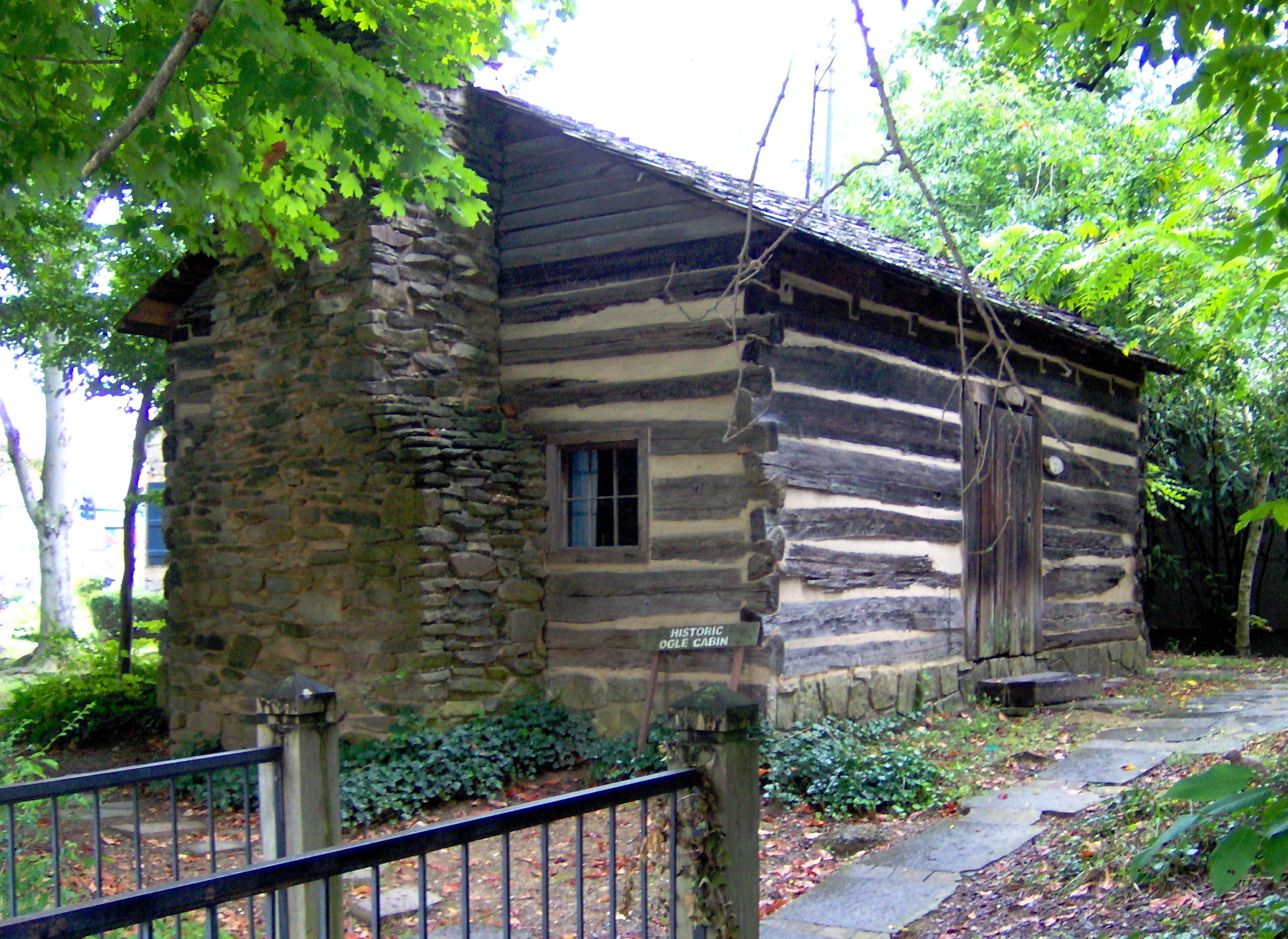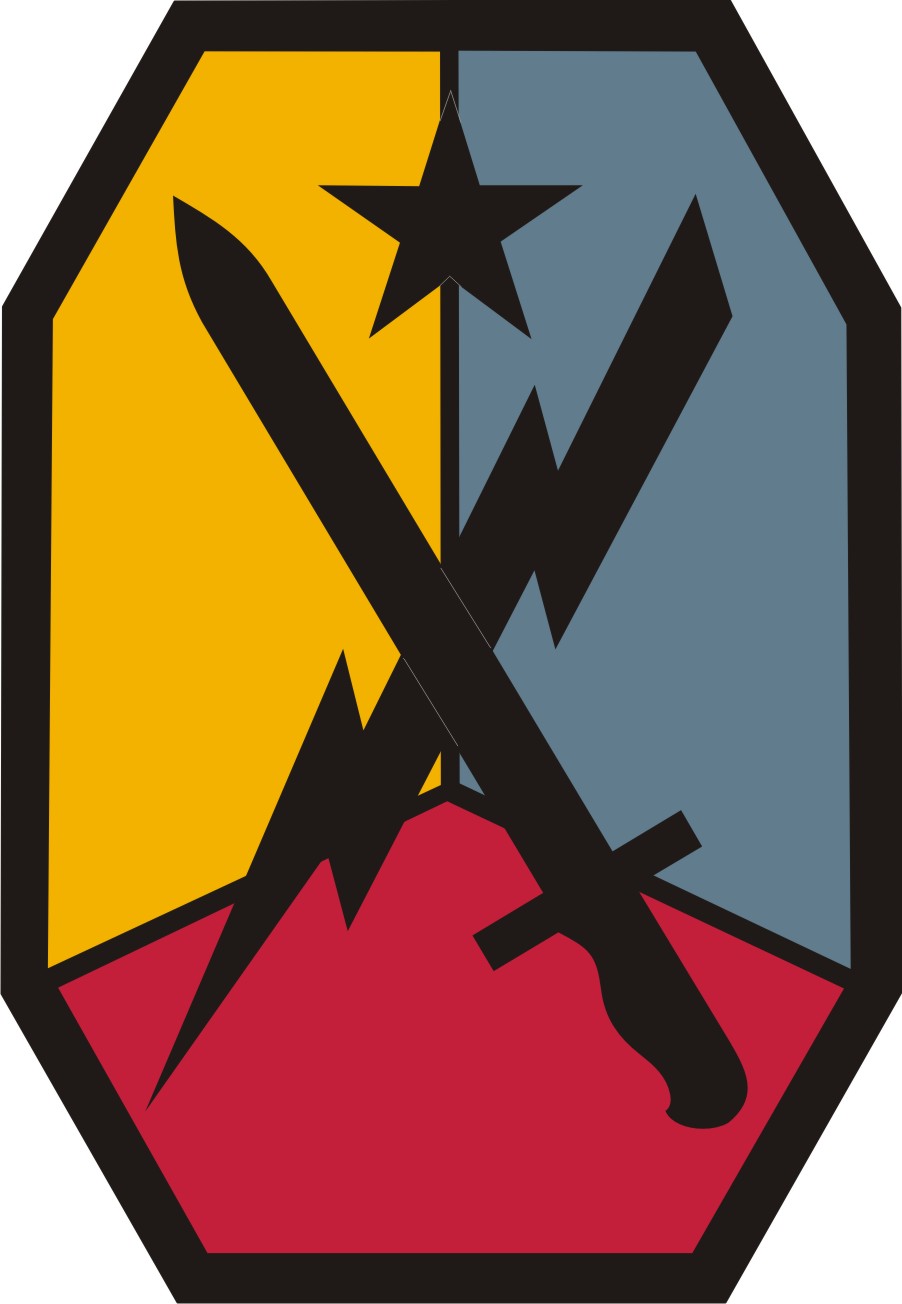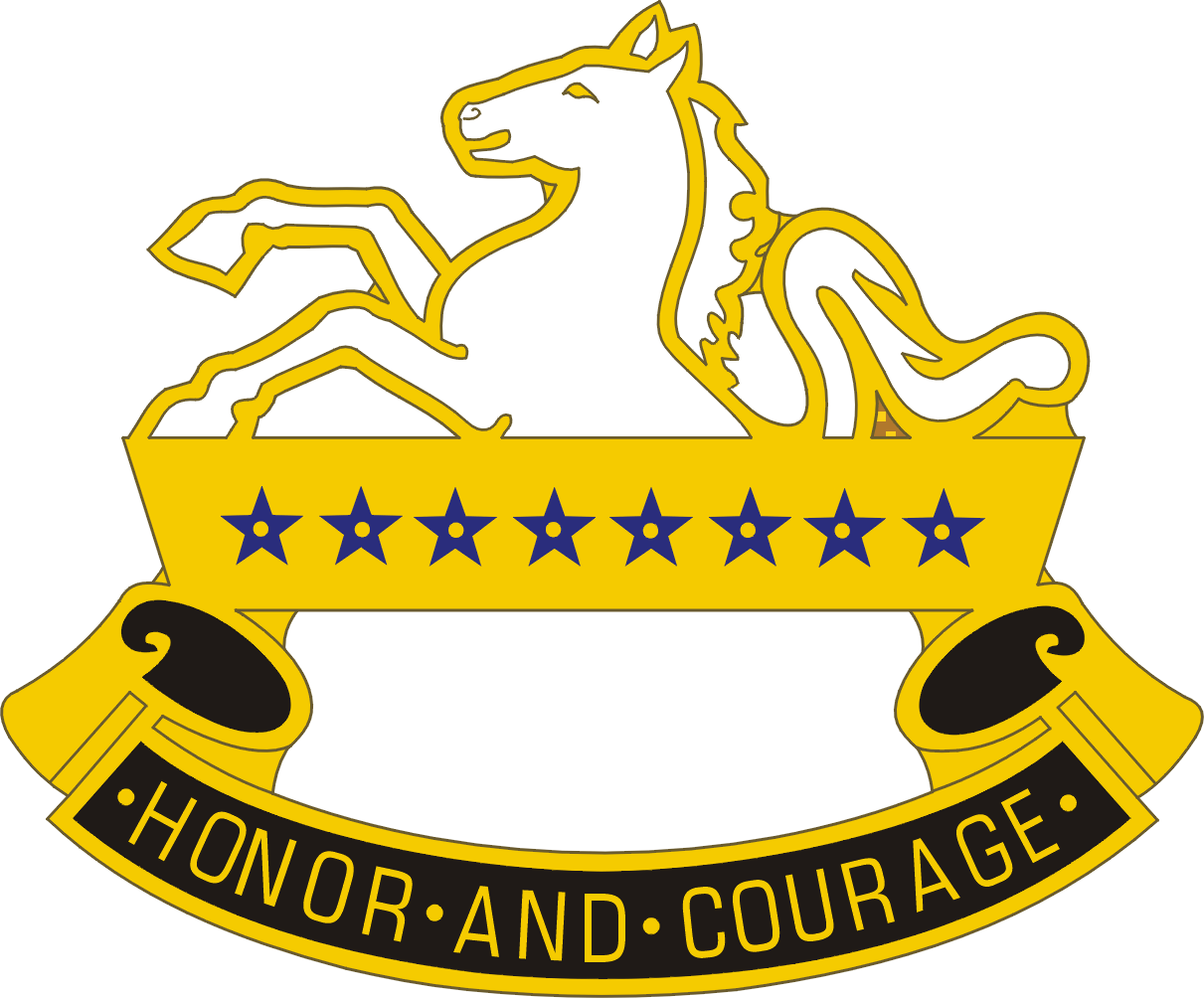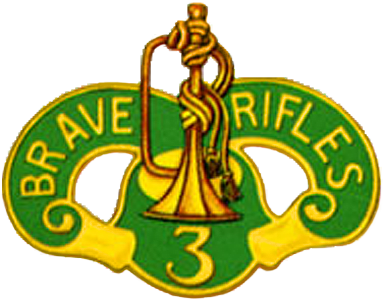|
Thomas W. Herren
Thomas Wade Herren (August 9, 1895 – June 4, 1985) was a United States Army officer and combat commander whose career spanned from World War I to the post-Korean War era. Early years and World War I Herren was born in Dadeville, Alabama, on August 9, 1895. He was graduated from Tallapoosa Country High School in 1914 and from the University of Alabama in 1917. After a few months as a high school teacher in Gadsden, Alabama, he enrolled as an officer candidate in the first officers training camp at Fort McPherson, Georgia in May 1917. He was commissioned a provisional second lieutenant in the Regular Army on August 15, 1917 and assigned to the 78th Field Artillery at Fort Bliss, Texas. After a brief course at the Field Artillery School, he accompanied his regiment to France as a battery executive officer and then commander until it was demobilized. Inter-war years After World War I, Herren was troop commander (Troop A) in the 3rd Cavalry Regiment, and then a recruiting officer i ... [...More Info...] [...Related Items...] OR: [Wikipedia] [Google] [Baidu] |
Dadeville, Alabama
Dadeville is a city in and the county seat of Tallapoosa County, Alabama, United States. At the 2010 census the population was 3,230, up from 3,212 in 2000. History Dadeville was named for Major Francis Langhorne Dade, who died in the Seminole War in Florida in 1835. The town was granted a charter in 1837 and was first incorporated in 1858. It lost its charter during the Civil War, and was incorporated a second time in 1878. Dadeville has been the Tallapoosa County seat since 1838. Dadeville was home to the Graefenberg Medical Institute, Alabama's first medical school, which operated from 1852 until the outbreak of the Civil War. Attempts to revive the school after the war failed, and the building burned in 1873. Completion of the Thomas Wesley Martin Dam on the Tallapoosa River in 1926 and the subsequent creation of Lake Martin had and continues to have a strong economic impact on Dadeville. Wickles Pickles is based in Dadeville. Geography Dadeville is located at (32.83 ... [...More Info...] [...Related Items...] OR: [Wikipedia] [Google] [Baidu] |
Gadsden, Alabama
Gadsden is a city in and the county seat of Etowah County in the U.S. state of Alabama. It is located on the Coosa River about northeast of Birmingham and southwest of Chattanooga, Tennessee. It is the primary city of the Gadsden Metropolitan Statistical Area, which has a population of 103,931. As of the 2020 census, the population of the city was 33,945. In the 19th century, Gadsden was Alabama's second-most important center of commerce and industry, trailing only the seaport of Mobile. The two cities were important shipping centers: Gadsden for riverboats and Mobile for international trade. From the late 19th century through the 1980s, Gadsden was a center of heavy industry, including the Goodyear Tire and Rubber Company and Republic Steel. In 1991, following more than a decade of sharp decline in industry, Gadsden was awarded the honor of All-America City by the National Civic League. History The first substantial European-American settlement in the area that developed a ... [...More Info...] [...Related Items...] OR: [Wikipedia] [Google] [Baidu] |
Gatlinburg, Tennessee
Gatlinburg is a mountain resort city in Sevier County, Tennessee, United States. It is located southeast of Knoxville and had a population of 3,944 at the 2010 Census and a U.S. Census population of 3,577 in 2020. It is a popular vacation resort, as it rests on the border of Great Smoky Mountains National Park along U.S. Route 441, which connects to Cherokee, North Carolina, on the southeast side of the national park. Prior to incorporation, the town was known as White Oak Flats, or just simply White Oak. History Early history For centuries, Cherokee hunters, as well as other Native American hunters before them, used a footpath known as Indian Gap Trail to access the abundant game in the forests and coves of the Smokies. This trail connected the Great Indian Warpath with Rutherford Indian Trace, following the West Fork of the Little Pigeon River from modern-day Sevierville through modern-day Pigeon Forge, Gatlinburg, and the Sugarlands, crossing the crest of the Smokies a ... [...More Info...] [...Related Items...] OR: [Wikipedia] [Google] [Baidu] |
Civilian Conservation Corps
The Civilian Conservation Corps (CCC) was a voluntary government work relief program that ran from 1933 to 1942 in the United States for unemployed, unmarried men ages 18–25 and eventually expanded to ages 17–28. The CCC was a major part of President Franklin D. Roosevelt's New Deal that supplied manual labor jobs related to the conservation and development of natural resources in rural lands owned by federal, state, and local governments. The CCC was designed to supply jobs for young men and to relieve families who had difficulty finding jobs during the Great Depression in the United States Robert Fechner was the first director of this agency, succeeded by James McEntee following Fechner's death. The largest enrollment at any one time was 300,000. Through the course of its nine years in operation, three million young men took part in the CCC, which provided them with shelter, clothing, and food, together with a wage of $30 (equivalent to $1000 in 2021) per month ($25 of ... [...More Info...] [...Related Items...] OR: [Wikipedia] [Google] [Baidu] |
Fort Benning
Fort Benning is a United States Army post near Columbus, Georgia, adjacent to the Alabama–Georgia border. Fort Benning supports more than 120,000 active-duty military, family members, reserve component soldiers, retirees and civilian employees on a daily basis. It is a power projection platform, and possesses the capability to deploy combat-ready forces by air, rail, and highway. Fort Benning is the home of the United States Army Maneuver Center of Excellence, the United States Army Armor School, United States Army Infantry School, the Western Hemisphere Institute for Security Cooperation (formerly known as the School of the Americas), elements of the 75th Ranger Regiment, the 1st Security Force Assistance Brigade, and other tenant units. It is named after Henry L. Benning, a brigadier general in the Confederate States Army during the Civil War. Fort Benning is one of ten U.S. Army installations named for former Confederate generals. The National Defense Authorization Act f ... [...More Info...] [...Related Items...] OR: [Wikipedia] [Google] [Baidu] |
United States Army Infantry School
The United States Army Infantry School is a school located at Fort Benning, Georgia that is dedicated to training infantrymen for service in the United States Army The United States Army (USA) is the land service branch of the United States Armed Forces. It is one of the eight U.S. uniformed services, and is designated as the Army of the United States in the U.S. Constitution.Article II, section 2, cla .... Organization The school is made up of the following components: * 197th Infantry Brigade **2nd Battalion, 29th Infantry **1st Battalion, 46th Infantry **2nd Battalion, 47th Infantry **3rd Battalion, 47th Infantry **3rd Battalion, 54th Infantry * 198th Infantry Brigade (Reflagged from Infantry Training Brigade) (ITB) **1st Battalion, 19th Infantry **2nd Battalion, 19th Infantry **1st Battalion, 50th Infantry **2nd Battalion, 54th Infantry **2nd Battalion, 58th Infantry For new recruits specializing in infantry, the 197th and 198th Infantry Brigades conduct 2 ... [...More Info...] [...Related Items...] OR: [Wikipedia] [Google] [Baidu] |
Fort Oglethorpe, Georgia
Fort Oglethorpe is a city predominantly in Catoosa County with some portions in Walker County in the U.S. state of Georgia. As of the 2020 census, the city had a population of 10,423. It is part of the Chattanooga, TN–GA Metropolitan Statistical Area. It is home to Lakeview – Fort Oglethorpe High School. History The United States Army established a cavalry post at the site of Hargrave, Georgia, an unincorporated town situated next to the Chickamauga National Battlefield. The existing settlement was named for a Confederate soldier, William Hamilton Hargrave, who along with his wife Amelia Cecilia Strange-Hargrave owned most of the land in the area. The couple was well known in the 19th century to travellers heading to Ross's Landing on the Tennessee River from LaFayette, Georgia. William Hargrave and other landowners in the area were forced to sell their property to the Army to be used as a base for the 6th Cavalry. The Chickamauga Post established in 1902 by the U.S. ... [...More Info...] [...Related Items...] OR: [Wikipedia] [Google] [Baidu] |
6th Cavalry Regiment (United States)
The 6th Cavalry ("Fighting Sixth'") is a regiment of the United States Army that began as a regiment of cavalry in the American Civil War. It currently is organized into aviation squadrons that are assigned to several different combat aviation brigades. History Civil War The 3rd US Cavalry Regiment was organized on 3 May 1861 in Pittsburgh, Pennsylvania. It was commanded by COL David Hunter, and second in command was LTC William H. Emory. The regiment's designation was changed to the 6th U.S. Cavalry on 10 August 1861 due to a reorganization of US Cavalry regiments; the Regiment of Mounted Rifles took on the name of the 3rd Cavalry instead. The troopers were recruited from Pennsylvania, Ohio, and Western New York. Arriving in Washington D.C. by company between 12 October and 23 December, the regiment joined the Union Army of the Potomac and began its training with a strength of 34 officers and 950 men. Due to supply shortages, all but one squadron was equipped as light caval ... [...More Info...] [...Related Items...] OR: [Wikipedia] [Google] [Baidu] |
Rio Grande
The Rio Grande ( and ), known in Mexico as the Río Bravo del Norte or simply the Río Bravo, is one of the principal rivers (along with the Colorado River) in the southwestern United States and in northern Mexico. The length of the Rio Grande is . It originates in south-central Colorado, in the United States, and flows to the Gulf of Mexico. The Rio Grande drainage basin (watershed) has an area of ; however, the endorheic basins that are adjacent to and within the greater drainage basin of the Rio Grande increase the total drainage-basin area to . The Rio Grande with Rio Grande Valley (landform), its fertile valley, along with its tributaries, is a vital watersource for seven US and Mexican states, and flows primarily through arid and semi-arid lands. After traversing the length of New Mexico, the Rio Grande becomes the Mexico–United States border, between the U.S. state of Texas and the northern Mexican states of Chihuahua (state), Chihuahua and Coahuila, Nuevo León a ... [...More Info...] [...Related Items...] OR: [Wikipedia] [Google] [Baidu] |
8th Cavalry Regiment (United States)
The 8th Cavalry Regiment is a regiment of the United States Army formed in 1866 during the American Indian Wars. The 8th Cavalry continued to serve under a number of designations, fighting in every other major U.S. conflict since, except World War I, when it was not deployed to Europe because it was already engaged in the Punitive Expedition in Mexico from 1916 to 1920. It is currently a component of the 1st Cavalry Division. History The regiment originally was organized as horse cavalry in 1866 – a designation under U.S. military doctrine that emphasized both light cavalry and dragoon-type mounted and dismounted fighting roles – until 1942. It served on foot during World War II and Korea, with some elements converting to airmobile infantry for Vietnam, while others were detached and assigned to West Germany as part of an armored task force to resist any potential Soviet incursion. It became a mechanized force in the 1970s. It has been brigaded or otherwise attached t ... [...More Info...] [...Related Items...] OR: [Wikipedia] [Google] [Baidu] |
Corps Area
A Corps area was a geographically-based organizational structure (military district) of the United States Army used to accomplish administrative, training and tactical tasks from 1920 to 1942. Each corps area included divisions of the Regular Army, Organized Reserve and National Guard of the United States. Developed as a result of serious mobilization problems during World War I, this organization provided a framework to rapidly expand the Army in time of war or national emergency such as the Great Depression. The nine corps areas, created by the War Plans Division under authority of United States War Department General Order No. 50 on 20 August 1920, had identical responsibilities for providing peacetime administrative and logistical support to the army's mobile units as was provided by the six territorial " Departments" they replaced. In addition, the corps areas took on the responsibilities for post and installation support units ("Zone of the Interior" units) created during W ... [...More Info...] [...Related Items...] OR: [Wikipedia] [Google] [Baidu] |
3d Armored Cavalry Regiment (United States)
The 3rd Cavalry Regiment, formerly 3rd Armored Cavalry Regiment ("Brave Rifles") is a regiment of the United States Army currently stationed at Fort Hood, Texas. The regiment has a history in the United States Army that dates back to 19 May 1846, when it was constituted in the Regular Army as the Regiment of Mounted Riflemen at Jefferson Barracks, Missouri. This unit was reorganized at the start of the American Civil War as the 3rd U.S. Cavalry Regiment on 3 August 1861. In January 1943, the regiment was re-designated as the 3rd Cavalry Group ( Mechanized). Today they are equipped with Stryker vehicles. The 3rd Armored Cavalry Regiment was the last heavy armored cavalry regiment in the U.S. Army until it officially became a Stryker regiment on 16 November 2011. It will retain its lineage as the 3rd Cavalry Regiment. Under various names it has seen action during eleven major conflicts: the Indian Wars, the Mexican–American War, the American Civil War, the Spanish–American W ... [...More Info...] [...Related Items...] OR: [Wikipedia] [Google] [Baidu] |







